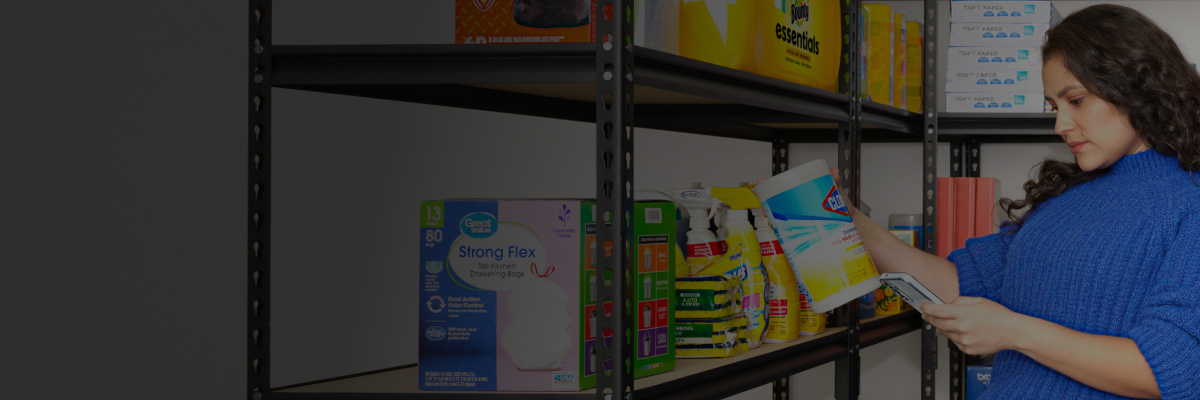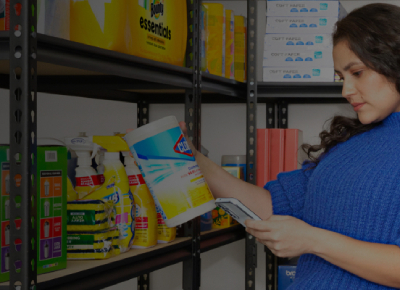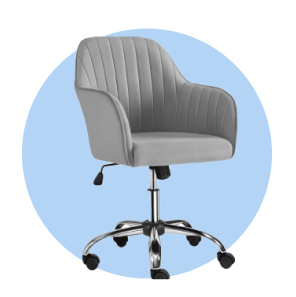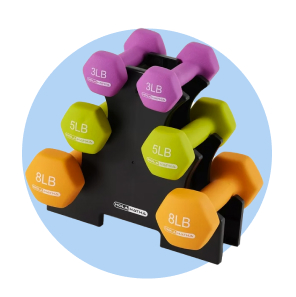
Winter Work Jackets: A Business Owners Guide
Winter jackets that work for you
Keeping employees safe is a top business priority, especially if they’re working outside in the snow. Winter work jackets help by keeping you warm and comfortable while offering protection from cold winds. The challenge is choosing the right coat for your workplace. After all, the jacket features that benefit construction crews are quite different from those of outdoor service workers. Here’s what you should know about winter work jackets to help you choose the ones that best suit your business.

Choosing the right winter work jackets
There’s no such thing as the perfect work jacket, but there are jackets that fit different climates, industries and work sites. A road repair employee working in freezing temperatures needs a heavy duty winter work jacket that’s warm and maneuverable. Meanwhile, a driver making food deliveries may just need a well-insulated windbreaker to keep them toasty between the car door and front door.
When choosing a jacket, start by listing the factors that reflect your industry and climate. Here are a few examples to get you started:
Average winter temperature: Weather conditions usually stay within a predictable range locally. Do a bit of research into your area’s average low temperatures and choose jackets designed to stay comfortable within that range.
Precipitation: While temperature is important, it’s crucial to also be prepared for snow, sleet and freezing rain. Simple tasks like shoveling driveways or unloading trucks can require completely different outerwear depending on whether it’s a clear day or not. What’s more, the materials within winter work jackets may need to be waterproof to prevent damage over time.
Time spent outside: Time should be just as much of a factor when choosing a jacket as the conditions it will face. Someone working outdoors for brief durations usually won’t need as much insulation as someone working for a single prolonged period.
Activity level: Each employee has different expectations for outdoor activity levels based on their role. For example, an instructor working at a ski resort will generally be more active during work hours than a ski lift operator. More importantly, each will need winter jackets that functionally support their activities.
Key features
1. Durability
The ideal winter work jacket should protect the wearer from the elements but also resist wear and tear so it can last for years. Unfortunately, durability is difficult to measure in the best of conditions, but the denier is a useful shorthand.
The denier tracks the thickness of woven thread in fabric, with high rankings representing overall material quality. A nylon 40D jacket will be more durable than the material from a 20D jacket. It’s not an exact science, but denier can paint a general picture of how jacket fabrics hold up in different conditions. Any material that is 30D or higher tends to perform well on job sites with high activity levels.
2. Maneuverability
If your priority is keeping warm, it’s typically better to have a longer jacket—more coat equals more warmth. Unfortunately, that’s not helpful for job roles that require a range of motion, such as construction workers.
When maneuverability is equally important, start by researching jacket measurements. The length of the coat, sleeve and collar all influence movement and overall flexibility. Alternatively, you can choose lightweight materials that move with you or stretch along the arms and shoulders.
3. Insulation
When shopping for any winter jacket, insulation is just as important as the outer fabric itself. Not only is the material warm, it retains body heat at strategic points to keep the wearer comfortable. Different kinds of insulation can influence weight and maneuverability in various ways:
Down: The natural material from duck plumage is remarkably effective at trapping heat within a winter jacket. Down is also lightweight and performs well in cool, dry environments. Unfortunately, down jackets can hinder the wearer in wet environments, clumping together when exposed to water and retaining moisture for extended periods. Waterproof jackets can help, although that can increase the overall price. Some people are also allergic to down.
Fleece: This synthetic alternative to wool can be made from polyester, cotton, hemp or rayon. In most cases, it remains warm, lightweight and comfortably maneuverable. When acting as an insulation layer, fleece also retains its breathability without compromising on heat retention.
Quilted liners: Some jackets include quilted insulation layers to provide warmth or support a unique design. For example, puffer jackets feature padded sections along the jacket frame to distribute heat evenly instead of relying on fabric or a single insulation layer.
4. Breathability
Winter is cold, but people can still work up a sweat with enough activity. That’s one reason breathable fabrics are vital—they let moisture evaporate and dissipate into the surrounding air instead of freezing on your skin. Under the right conditions, a buildup of sweat could lead to frostbite or hypothermia.
Look for coats with breathable inner membranes that eliminate moisture and preserve heat. For particularly active roles, it may be worth buying a jacket with ventilation zippers. These are usually positioned on the torso or arms, releasing trapped humidity without having to take the entire coat off.
5. Safety certifications
Winter jackets don’t just protect us from cold, they also keep us visible in our surroundings. That’s vital in fields like construction, road repair and public safety, where high visibility safety apparel (HVSA) lets drivers know someone is nearby. A full example of visibility guidelines is detailed in ANSI/ISEA 107-2015, but in brief, HVSA has three protection classes for different work environments. Business owners should make sure all employees are wearing winter jackets that meet these standards:
Class 1: Low-level visibility for workers conducting roadwork and residential street repair.
Class 2: Moderate visibility for employees in airport runways and forestry industries.
Class 3: High visibility for anyone in high-traffic work environments, such as highways or railways.
6. Functionality
The best winter work jackets for extreme cold must still be functional. Pay attention to minor features that are important in your industry or workplace, like pockets, hoods, zippers or specific colors.
Keep warm this winter with Walmart Business
Once you’ve decided on the right winter work jacket, Walmart Business can help you find them. Our apparel and workwear line has the clothing you need to get the work done, including coats, gloves and boots.
If you already have an account, you can level up your savings with a Walmart Business+ membership. You’ll get free shipping,1 free delivery from local stores on orders over $352 and 2% back in Walmart Business Rewards.3 That could add up to savings of over $500 a year!4 Click here to learn more.


Limited-time offer
Unlock your special promo code
Stay informed on Walmart Business news & get $20 off a $100 purchase!1
1Minimum order of $100. Promo code can be used one time & may not be combined with other offers. Offer not transferable & void where prohibited by law. Customer responsible for all applicable taxes. Offer expires 12/31/2025 at 11:59pm PT. Further restrictions apply. See terms at checkout for details. Promo code offers available in limited quantities. While supplies last.
1 Excludes most Marketplace items, freight and certain location surcharges.
2 Restrictions apply.
3 Rewards can only be used toward future purchases on Walmart Business. Additional terms apply.
4 Savings based on 1 free $35+ delivery order vs. $9.95 fee and 1 free shipping order under $35 vs. $6.99 fee biweekly, plus 2% Walmart Business Rewards on monthly order >$250 (average value of $400).
Exciting news awaits
Hear firsthand about new products, features & promotions.
By clicking submit, you agree to receive emails about Walmart Business and acknowledge you have read and agreed to our Terms of use and Privacy Policy.










